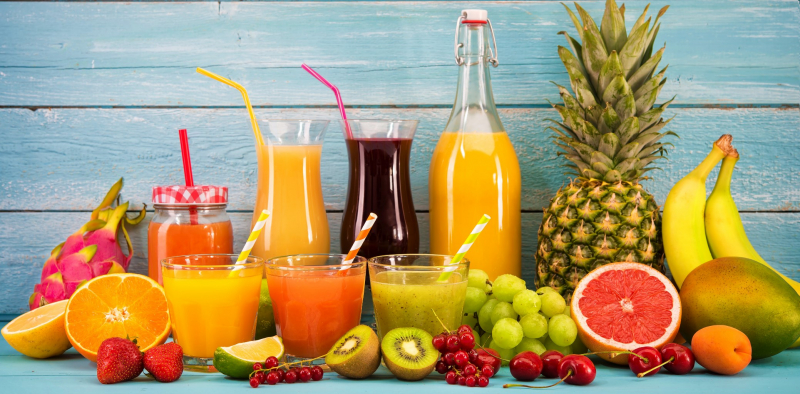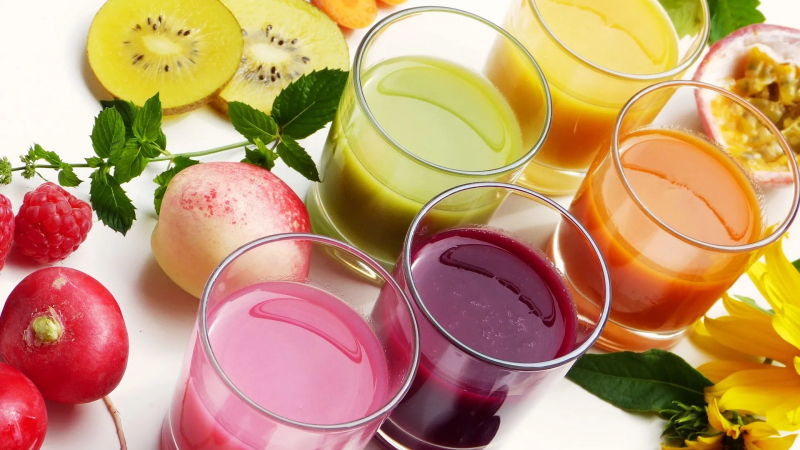Fruit and vegetable juices
Juices made from fruits and vegetables are another quick and simple way to increase your potassium consumption. Juicing extracts the juice from fresh fruits or vegetables. The liquid contains most of the vitamins, minerals and plant chemicals (phytonutrients) found in the fruit.
Juices from citrus fruits seem to contain the highest potassium. One cup (240 mL) of 100% orange juice, for instance, contains roughly 10% of the daily value (DV) for potassium, but the same amount of grapefruit juice has 9% of the DV. Pomegranate juice and other potassium-rich fruits make excellent substitutes. 11% of the DV is contained in a 1-cup (240-mL) serving of pomegranate juice. A few vegetable juices also contain a lot of this mineral. For example, 1 cup (240 mL) of tomato juice has 10% of the DV while the same amount of carrot juice has 15% of the DV.

















